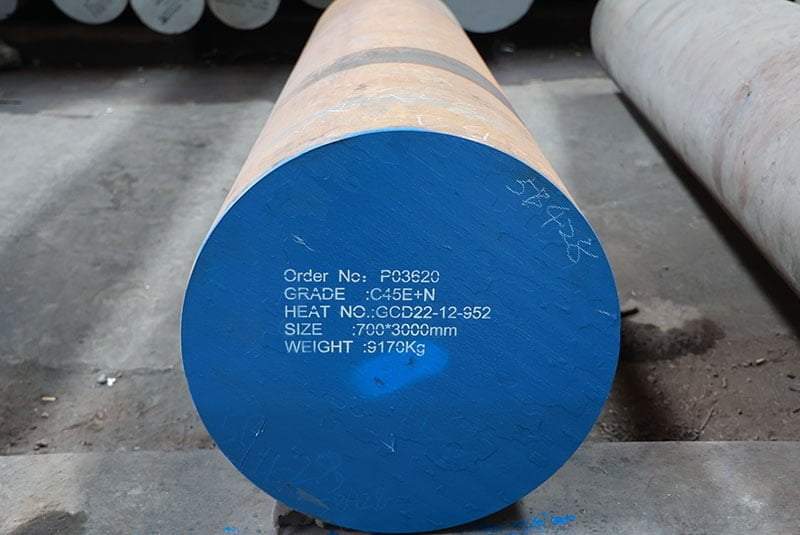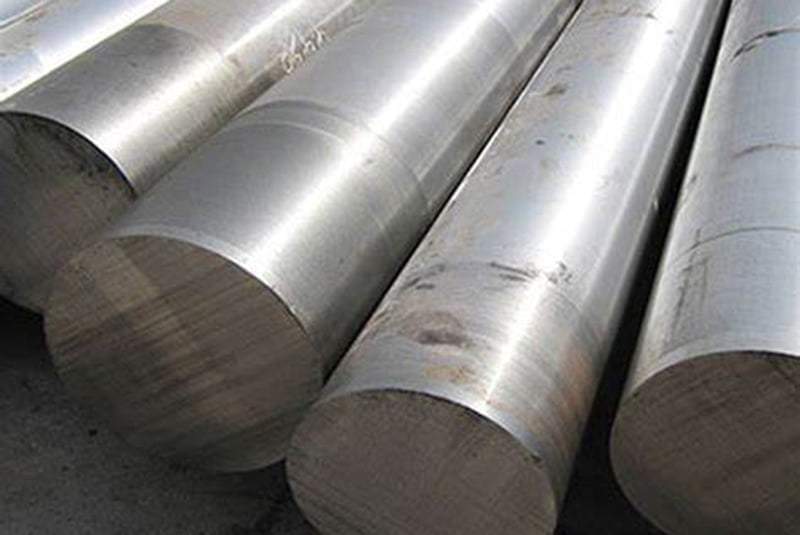Introduction
Carbon steel is a versatile material widely used in various industries due to its exceptional properties. Understanding carbon steel properties is essential for engineers, manufacturers, and industry professionals who rely on this material for construction, manufacturing, and other applications. In this blog, we will explore the benefits and applications of carbon steel, focusing on its unique properties.
The Fundamental Properties of Carbon Steel

Carbon steel is primarily composed of iron and carbon, with the carbon content ranging up to 2.1% by weight. The carbon content significantly influences the material’s properties, including its strength, hardness, and ductility.
Key Properties of Carbon Steel
Strength: Carbon steel is known for its high strength, which increases with higher carbon content.
Hardness: Carbon steel’s hardness also increases with carbon content, making it suitable for cutting tools and machinery.
Ductility: While higher carbon content can reduce ductility, low to medium carbon steels maintain good ductility, allowing for easier forming and welding.
Toughness: Carbon steel exhibits excellent toughness, which is essential for impact-resistant applications.
Wear Resistance: The material’s wear resistance is enhanced with the increase in carbon content, making it ideal for wear-resistant components.
Table: Mechanical Properties of Carbon Steel Grades
| Grade | Carbon Content (%) | Tensile Strength (MPa) | Hardness (HB) | Ductility (%) | Toughness (J) |
|---|---|---|---|---|---|
| Low Carbon Steel | < 0.3 | 400-550 | 120-180 | 20-30 | 50-70 |
| Medium Carbon Steel | 0.3-0.6 | 550-700 | 180-230 | 15-25 | 40-60 |
| High Carbon Steel | 0.6-2.1 | 700-950 | 230-300 | 10-20 | 30-50 |
Benefits of Carbon Steel
Carbon steel offers numerous benefits that make it a preferred material in various industries. Here are some of the key advantages:
High Strength and Durability
Carbon steel’s high strength and durability make it ideal for structural applications where these properties are critical. Bridges, buildings, and other infrastructure projects rely on carbon steel for its load-bearing capacity and long-term performance.
Cost-Effectiveness
Compared to other materials like stainless steel and aluminum, carbon steel is more cost-effective. Its lower production costs and widespread availability contribute to its affordability, making it an economical choice for many applications.
Versatility
Carbon steel’s versatility is evident in its wide range of applications. It can be used in construction, manufacturing, automotive, and even household items. Its properties can be tailored through heat treatment and alloying to suit specific needs.
Easy Fabrication
Carbon steel is relatively easy to fabricate, allowing for various forming and machining processes. It can be welded, cut, and shaped with standard tools, making it convenient for manufacturing complex components.
Environmental Sustainability
Carbon steel is recyclable, contributing to environmental sustainability. Recycling steel reduces the need for raw materials, conserves energy, and minimizes waste. This makes carbon steel a more environmentally friendly option compared to non-recyclable materials.
Applications of Carbon Steel in Industry
Carbon steel’s properties make it suitable for a wide range of industrial applications. Here are some of the primary uses of carbon steel:
Construction Industry
In the construction industry, carbon steel is used for building frameworks, bridges, and other structural components. Its strength and durability ensure the stability and longevity of structures.
Automotive Industry
The automotive industry relies on carbon steel for manufacturing various vehicle components, including body panels, chassis, and engine parts. Its high strength-to-weight ratio and cost-effectiveness make it an ideal material for automotive applications.
Manufacturing and Machinery
Carbon steel is widely used in manufacturing and machinery due to its machinability and wear resistance. It is used to produce tools, machinery parts, and industrial equipment that require high strength and durability.
Energy Sector
In the energy sector, carbon steel is used for pipelines, drilling equipment, and other infrastructure. Its toughness and resistance to wear and corrosion make it suitable for harsh environments and demanding applications.
Household and Consumer Goods
Carbon steel is also found in household and consumer goods, such as kitchen utensils, appliances, and furniture. Its properties make it a reliable material for products that require strength, durability, and aesthetic appeal.
Enhancing Carbon Steel Properties Through Alloying and Heat Treatment

Carbon steel properties can be enhanced through various processes, including alloying and heat treatment. These processes allow for the customization of the material’s properties to meet specific application requirements.
Alloying
Alloying involves adding other elements, such as chromium, nickel, and molybdenum, to carbon steel. These alloying elements can improve properties such as corrosion resistance, hardness, and strength. For example, adding chromium can enhance corrosion resistance, while nickel can improve toughness.
Heat Treatment
Heat treatment processes, such as annealing, quenching, and tempering, can significantly alter carbon steel properties. Annealing can soften the material and improve its ductility, while quenching and tempering can increase hardness and strength.
Table: Effects of Alloying Elements on Carbon Steel Properties
| Alloying Element | Effect on Properties |
|---|---|
| Chromium | Increases corrosion resistance and hardness |
| Nickel | Enhances toughness and strength |
| Molybdenum | Improves wear resistance and high-temperature strength |
| Vanadium | Increases strength and hardness |
| Tungsten | Enhances wear resistance and hardness |
Conclusion: Carbon Steel Properties
Understanding the properties of carbon steel is essential for selecting the right material for various industrial applications. Carbon steel’s high strength, durability, cost-effectiveness, and versatility make it a valuable material in many industries. By leveraging processes like alloying and heat treatment, its properties can be further enhanced to meet specific needs. Whether in construction, automotive, manufacturing, or other sectors, carbon steel continues to be a reliable and efficient material choice.
FAQ
What are the main properties of carbon steel?
The main properties of carbon steel include high strength, hardness, ductility, toughness, and wear resistance. These properties vary with the carbon content and can be further enhanced through alloying and heat treatment.
How does carbon content affect carbon steel properties?
Higher carbon content increases the strength and hardness of carbon steel but reduces its ductility. Low to medium carbon steels maintain good ductility, while high carbon steels are harder and stronger but less ductile.
What are the benefits of using carbon steel in construction?
Carbon steel offers high strength and durability, making it ideal for structural applications. Its cost-effectiveness and ease of fabrication also make it a preferred material in the construction industry.
Can carbon steel be recycled?
Yes, carbon steel is recyclable. Recycling carbon steel reduces the need for raw materials, conserves energy, and minimizes waste, making it an environmentally sustainable material.
What industries commonly use carbon steel?
Carbon steel is commonly used in construction, automotive, manufacturing, energy, and household goods industries. Its properties and versatility make it suitable for a wide range of applications.
